I started behavior tracking three years ago. I wanted a tool to help students reflect on their choices. I was looking for something where students could record an overview of how their day went.
I had reflected on the fact that I was very motivated by checking something off a to-do list or adding a sticker to my planner and I thought that this outward expression would be helpful for students.
What I didn’t expect was for it to change my classroom management (for the better) and strengthen our class community.
It gave us a common language.
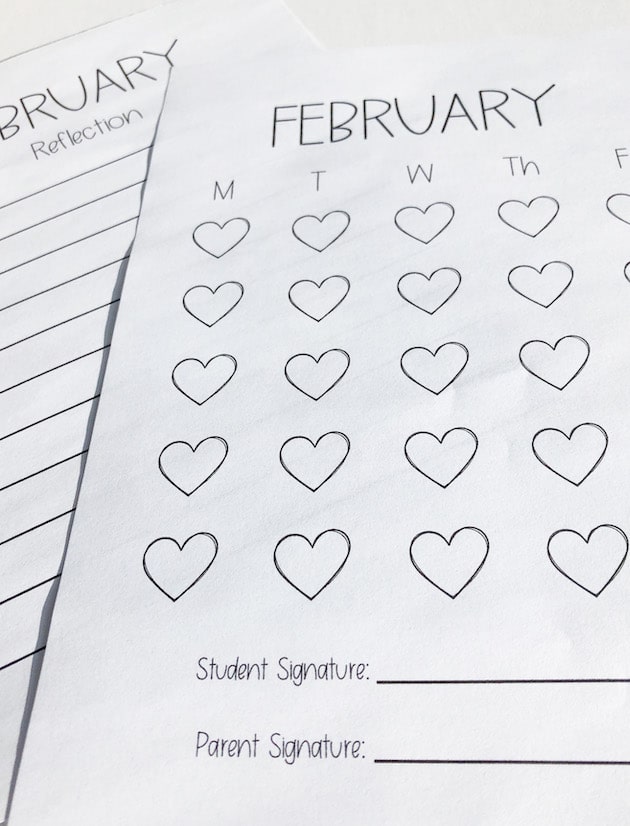
End of Day Routine
I’ve incorporated behavior tracking into our end of day routine. My students fill out their tracking for the day and raise their hand. I do a quick check to make sure I agree with their colour choice. If they were too easy or too hard on themselves, we have a quick conversation and they adjust, if I feel they need to.
I make sure to keep these conversations honest but non-judgemental. We focus on what they can do the next day to be more successful.
I prompt them to lead these conversations by asking things like “How could you make this a green (or rainbow) tomorrow?” “What could you do differently?”
The Scale
I use a four point scale for behavior tracking.
I used to use a three point scale but after reflection, I chose to change it. I felt the three point scale focused mostly on the negative since two of the three options were for making choices that required reminders or redirection.
So, last year, I started adding a 4th option – rainbow! Here’s the scale that I use:
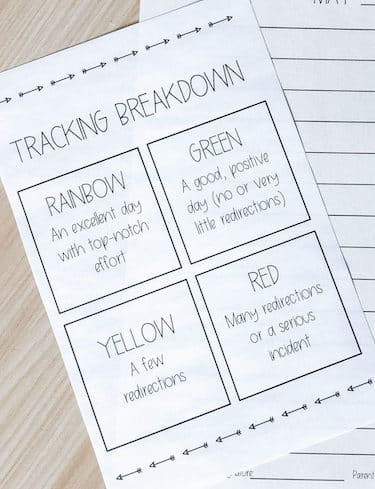
Reflection
I’ve recently added a reflection to our behavior tracker. At the end of the month, students review the overall colours of the choices that they made that month and then reflect on how the month went.
Can they improve in any way next month? Here, they can set a goal moving forward. Their goal might be to colour in more greens or rainbows the next month or to not colour in any reds.
If they had a month that they are proud of, they can also simply celebrate their success in this spot.
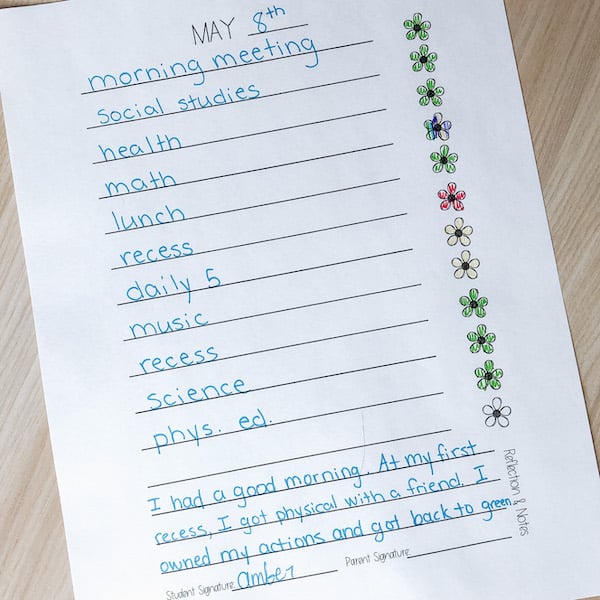
Parent Communication Tool
Behavior tracking is an excellent parent communication tool. Students can bring their behavior trackers home to share with their parents. It helps give them a snapshot of the kinds of choices that their child is making each day. The reflection tool is especially great because parents can help encourage their child to stick to their goal for the next month.
I have students explain their behavior tracking sheets during student led conferences. Students can explain the scale and can show the months that they’ve filled in so far. It always sparks great conversation!
Some parents have thanked me for this tool as they expressed that they love to have a common language to ask their child how their day was. Many parents ask their child when they pick them up “What colour day was it today?”
A Sweet Story
Speaking of parents being on board with behavior tracking, here’s a sweet story…
One year, I had two boys in my class that were fast friends. Both boys struggled with emotional regulation, at times. They wanted to have a playdate on the weekend and both of their moms said they could if they “didn’t get red”.
Upon learning this, I immediately started thinking about the blow ups we might have if one of them got red and the playdate was cancelled.
INSTEAD, both boys were encouraging each other to make sure “they got green”. I’ve never been so proud!
Shifts Conversations About Behavior
Using behavior tracking as a classroom management tool has shifted the conversations I have when students are struggling to make good choices. Instead of looking at consequences (although sometimes it’s still necessary), I focus more on the choice itself and how they can make a better choice next time. Using the colour system helps lay it out for students.
Once students understand the scale, I can usually nip any behavior in the bud by asking “what colour choice is this?” If students respond with yellow or red, they usually correct it right away and it avoids having that behavior escalate or continue.
Logistics
In our class, students keep their behavior tracking sheets in their leadership notebooks which are big red binders. These binders were purchased by the school so that each student has the same one as they move up in the grades.
I do not recommend binder for students in grade three. Just sayin’.
Other options are using duotangs or glueing the behavior trackers into notebooks.
Where can I get these templates?
I’ve created themed monthly behavior tracking calendars. If you’d like to check them out, click this link or the cover below.
I use these templates for most of my students. Most years, I’ve had a student or two that use a different tracker so that they can see more success. For an alternative tracker that breaks down each day per subject or block, click here.






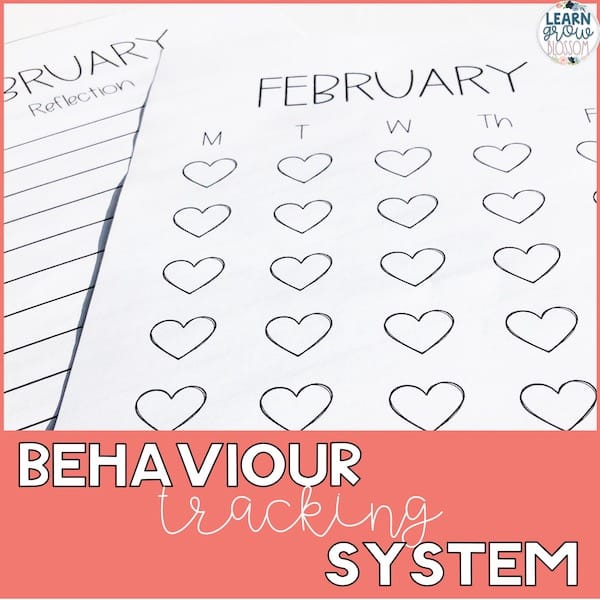


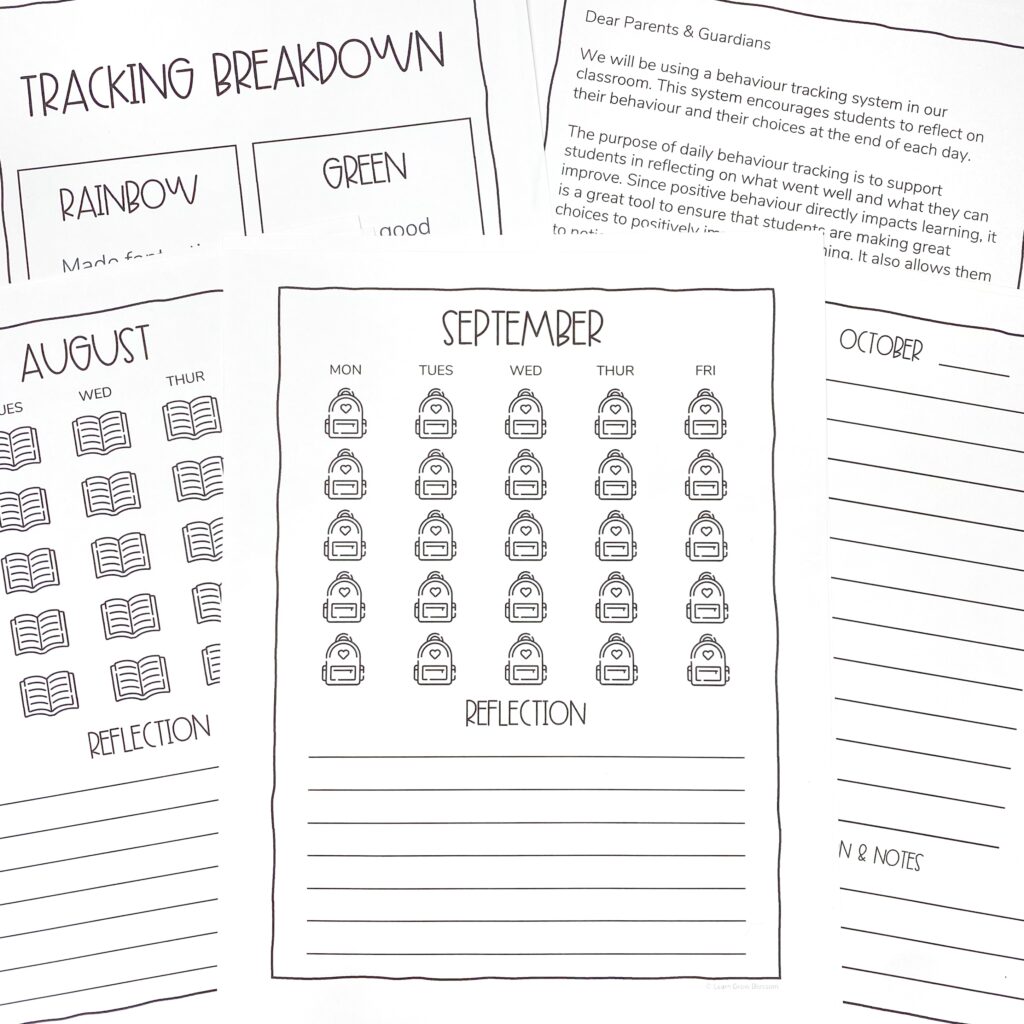
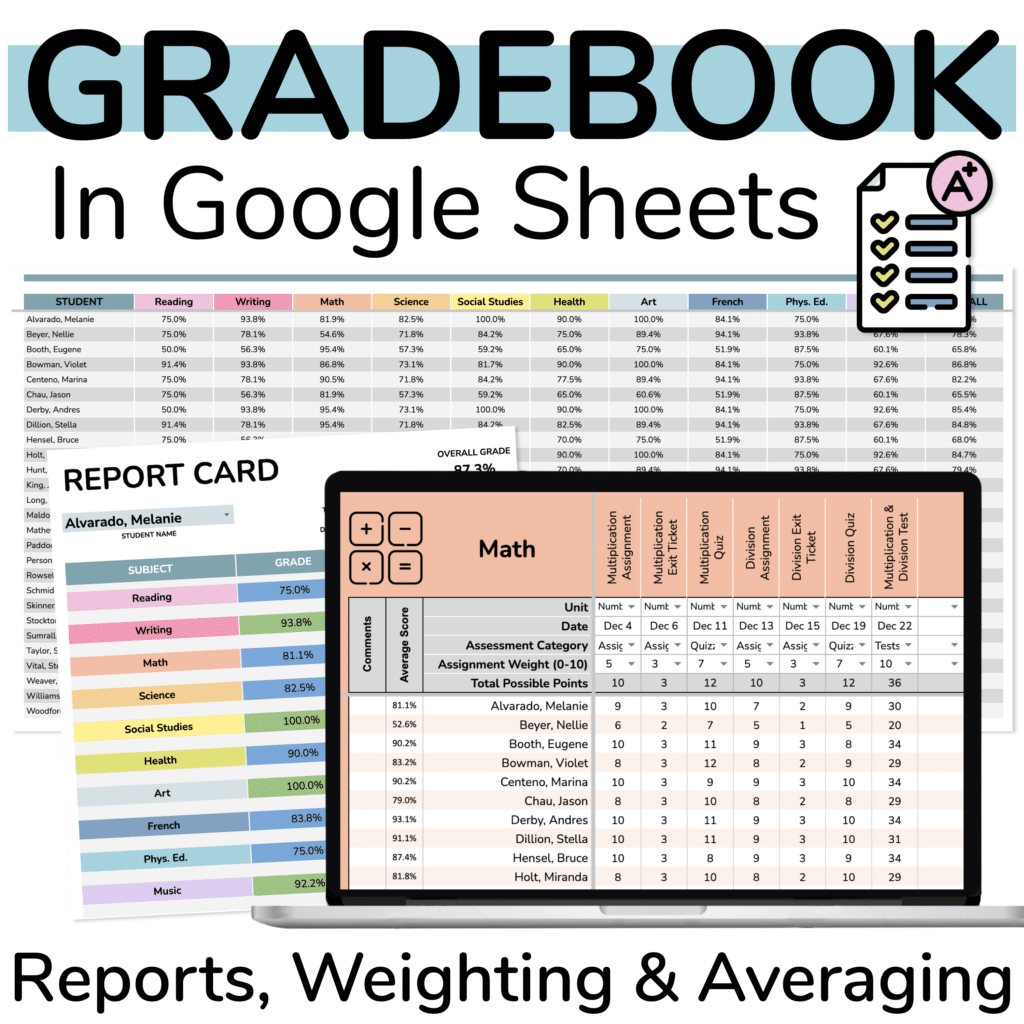
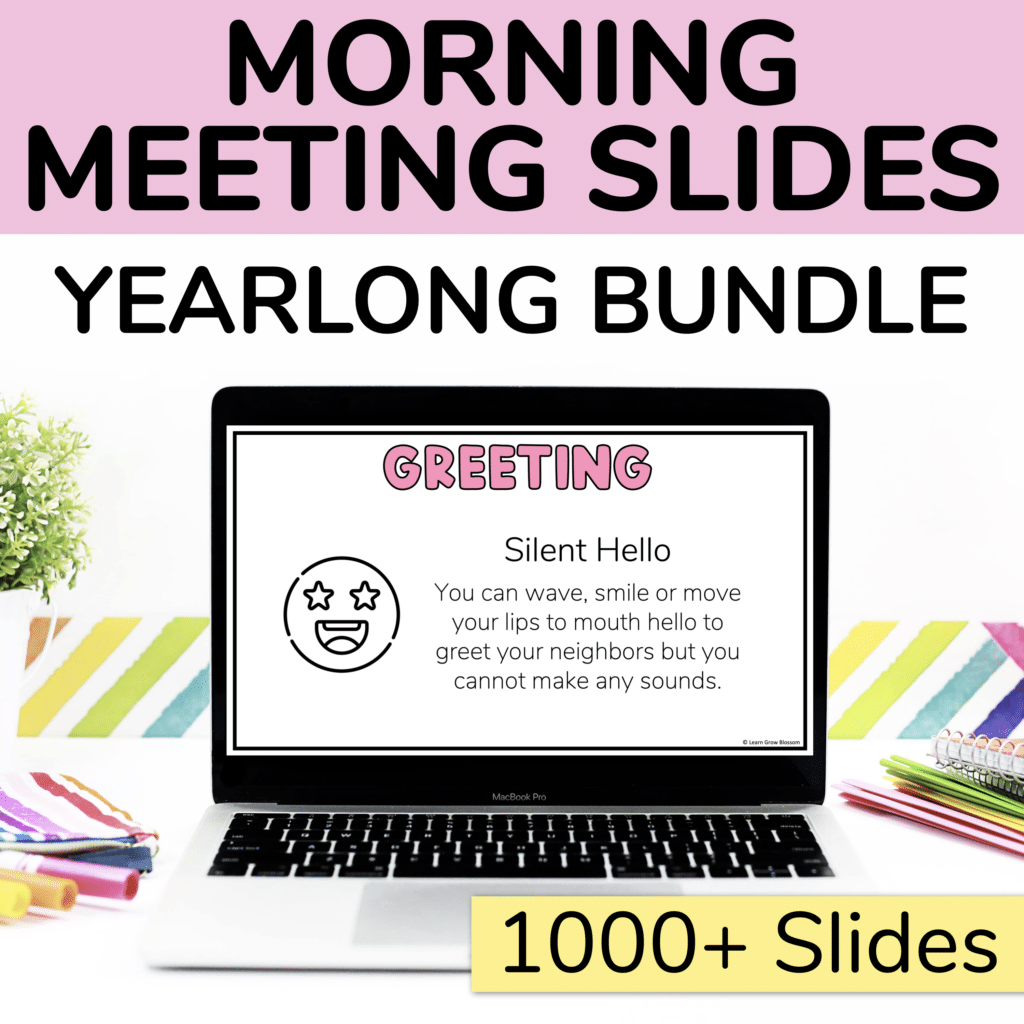
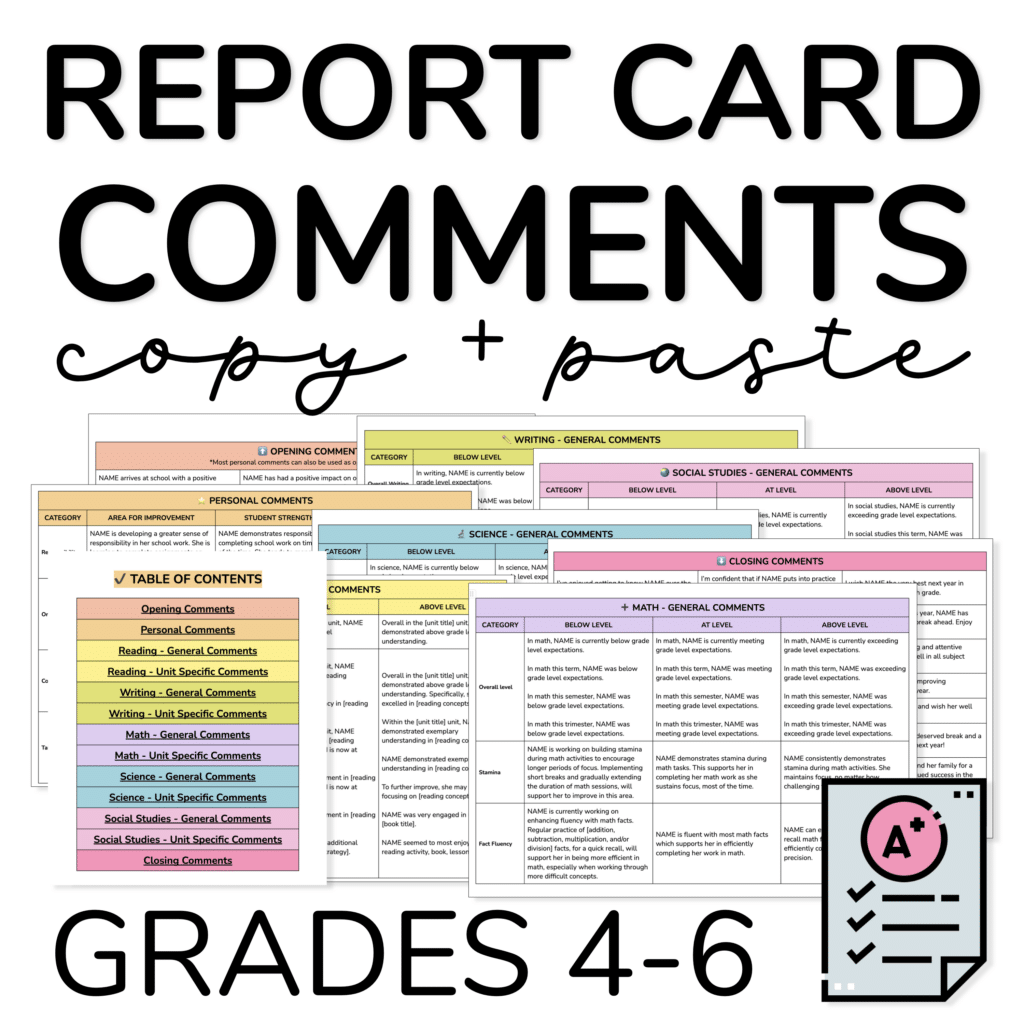


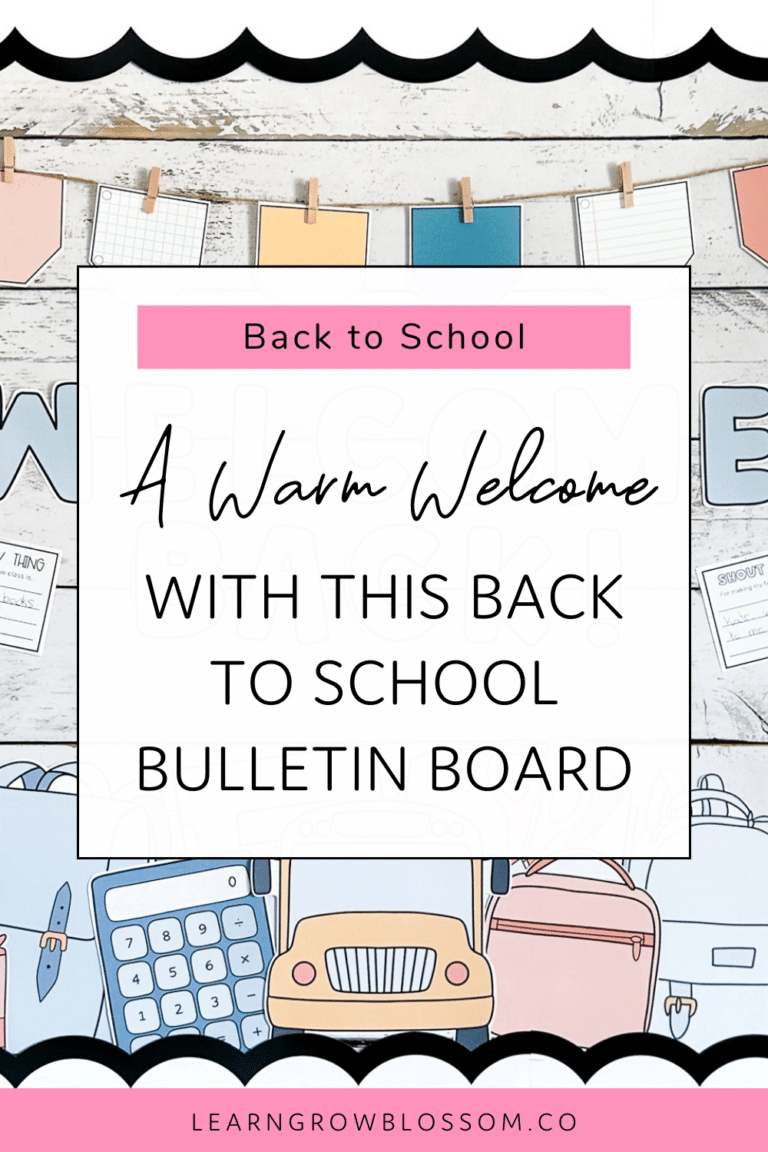
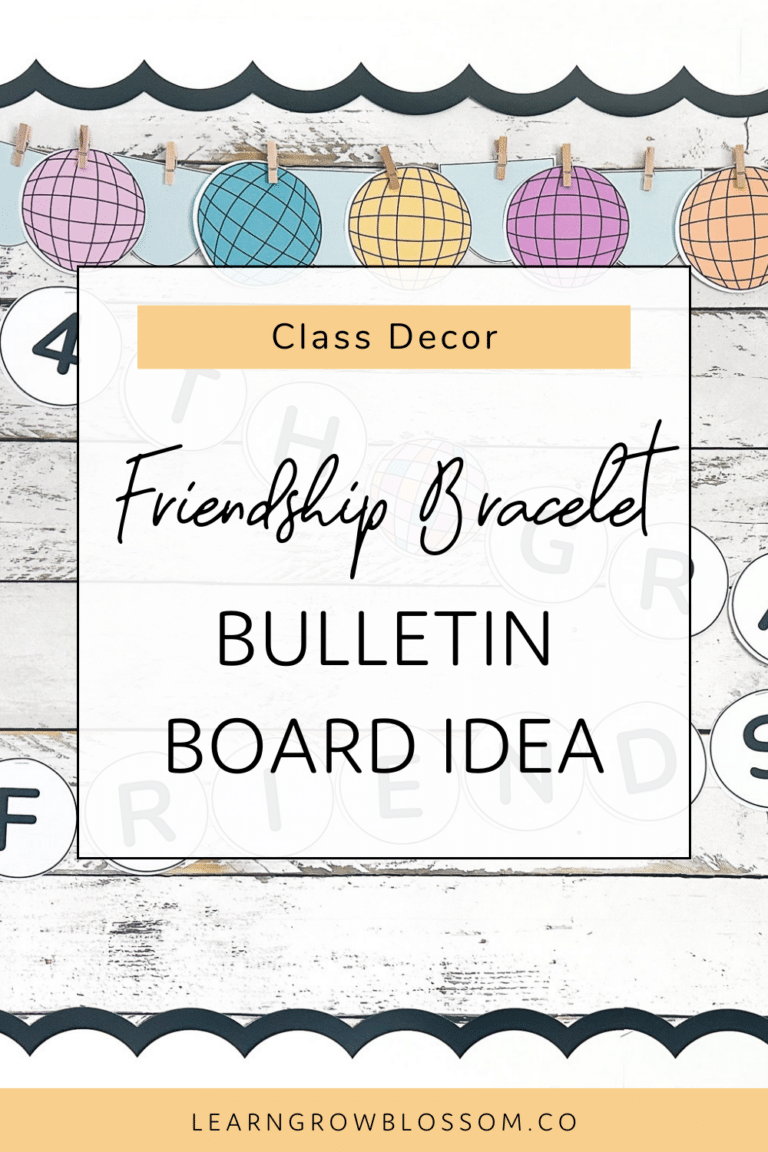

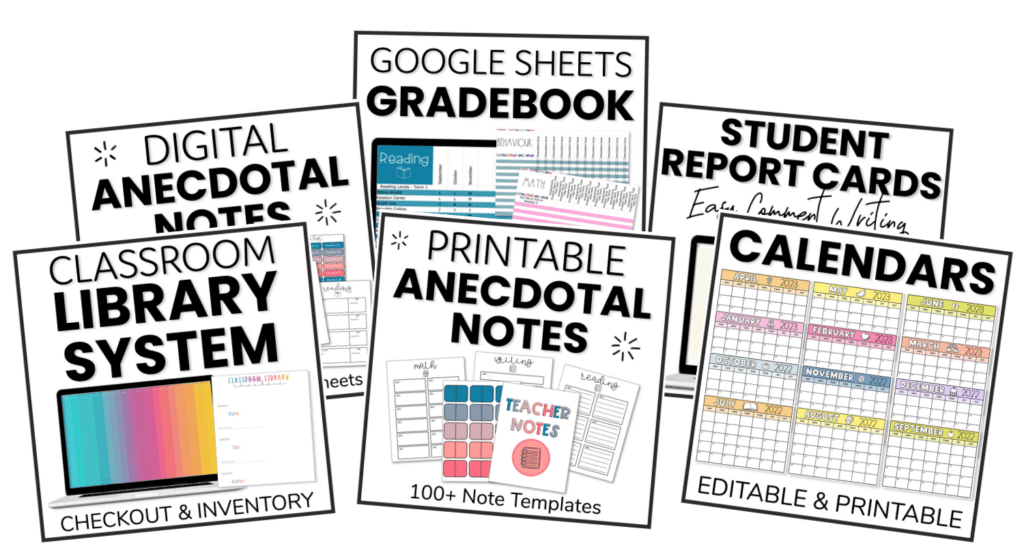
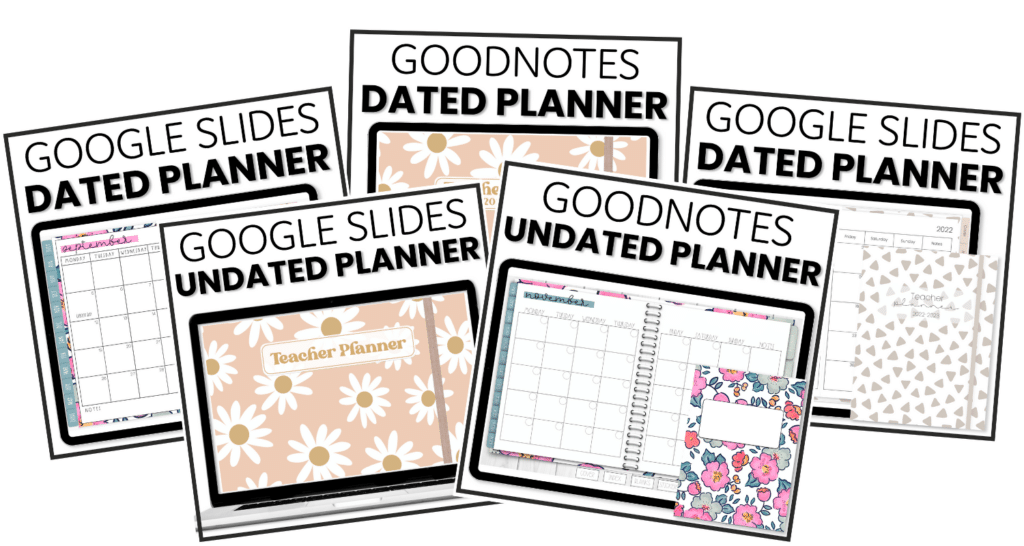
One Response